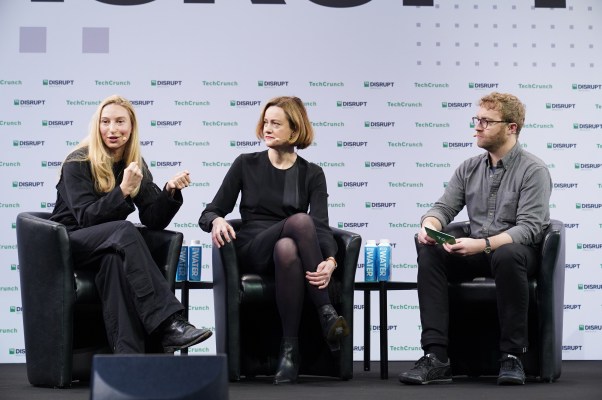Artificial intelligence is a powerful tool, but it’s not a magic wand. Applying the technology requires thought and dedication, especially with legacy industries like law and insurance, which are being taken on in this way by Luminance and Omnius respectively. The companies’ founders, Emily Foges and Sofie Quidenus-Wahlforss, spoke with great insight on this on stage at Disrupt Berlin.
Luminance uses AI and natural language processing to help law firms process documents more quickly, not replacing the lawyer but providing additional intelligence and analysis of what may be hundreds or thousands of pages and saving time and money. Omnius applies AI not just to the text of insurance claims, but to the process of handling them, ensuring rapidity not only in documentation but in results like payouts.
Omnius has raised about $30 million in multiple small rounds and grants, while Luminance has raised some $23M mainly in its A and B rounds.
I’ve edited and contextualized our conversation here, but you can also watch the full panel below. I’ve made some slight changes for readability but left things mostly intact. Pull quotes belonging to Emily are on the left, Sofie’s are on the right.
The first thing I wanted to hear from the founders was why they chose these industries, and why now? After all, law and insurance are notoriously old-fashioned, some would even say backwards in many ways. How could they be sure this was an opportunity, and not a folly?
Emily Foges (Luminance): It had more to do with the capabilities of the technology, actually. We started with technology that can read a lot of language, and then we looked at what industry would benefit most from that. It was that way around.
I think the timing is 80 percent of the battle; The fact that the legal profession had got to a point of being ready to accept the use of that kind of technology was more luck than anything. But there’s been such an explosion in enterprise data that lawyers just can’t possibly cope with reading and all of the documentation that they need to — so the market was ready.
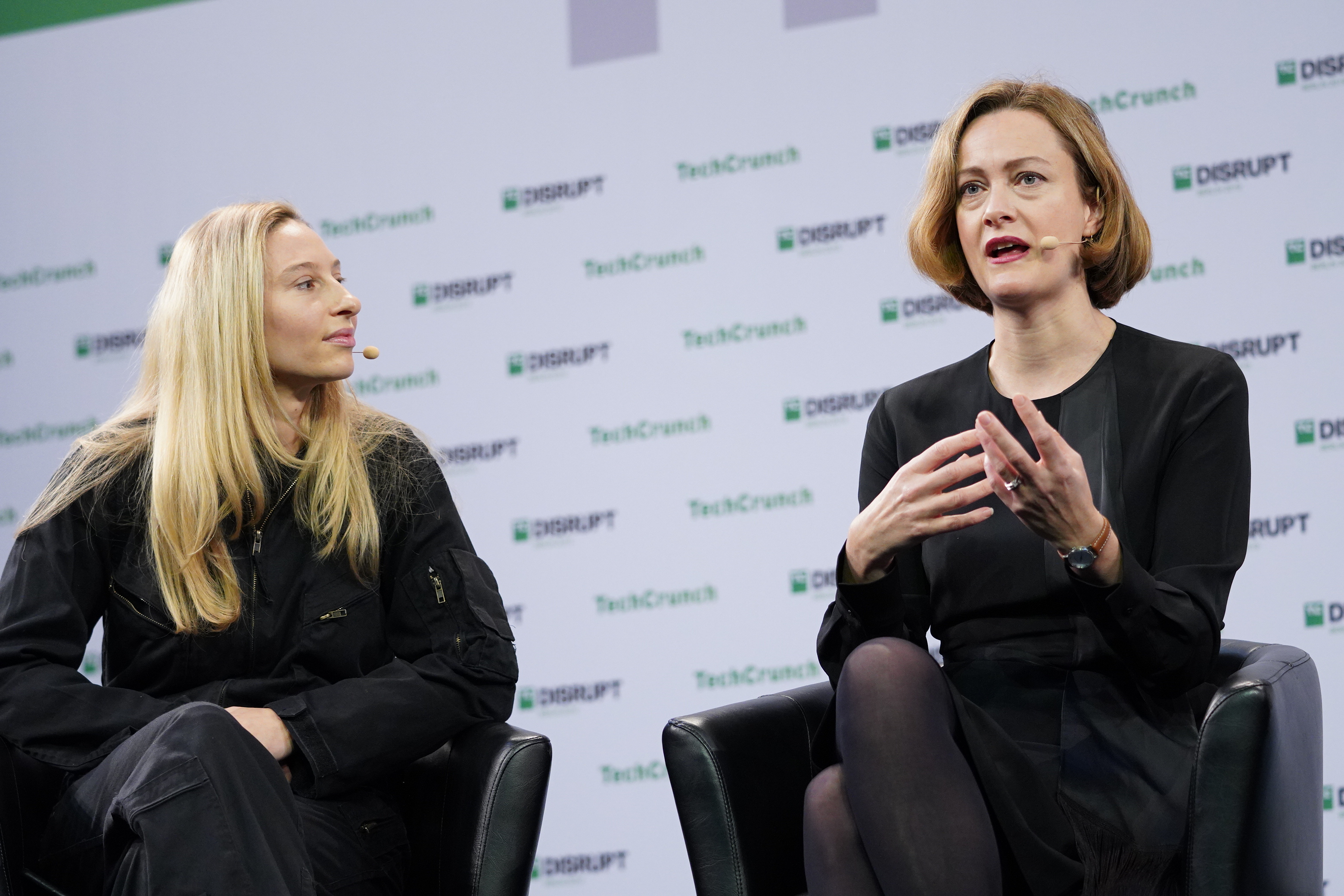
Sofie Quidenus-Wahlforss (Omnius): I think we come from a very similar background. We started on a horizontal level, with deep document understanding, and at some point we understood, if you really want to ship business value, you need to dive into one vertical.
We have different verticals to choose: manufacturing, legal, pharma… so then we were like, okay, which area is the biggest that is not transformed yet? And do we see decision makers aware of the of the need to do something? And do they have money?
The insuretech world is of course making a lot of pressure, all the new insurance companies like Lemonade, WeFox, Coya, because they claim to settle a claim in minutes. So the big guys like Alliance, they got nervous. And on the other hand you see, on the technology side, improvements in the areas of computing power, way more access to data, more flexible models. So we thought, the industry is ready, the technology’s ready, I was ready to build a big company. It’s my fourth company and I was like, this time I’ll build something huge. So everything fell into place.
They don’t call them legacy industries for nothing, though. These domains, and some companies, that have existed for decades or even a century or more. That means legacy systems and legacy people, to put it kindly, that may not be amenable to change. Emily had some surprising stats on that, while Sofie advocated an AI-like approach to classifying and selecting clients.
Emily: Some of them are more ready than others, and I think the ones who aren’t ready need to really catch up, because we got to critical mass really quickly. We’re only three and a half years old, but we’ve got 185 law firms around the world signed up. The interesting thing was the most ready people were the law firms outside of the UK, outside of the US. It was European law firms, APAC-based law firms, South and Central American law firms who got on board first. They were more ready because to be honest, the commercial pressure was greater. And then the pressure on the US and UK law firms came from them.
This is something I can really recommend for every startup trying to transform an industry from scratch: classifying your customers. We had 16-17 criteria, how we defined the companies we really want to spend time with.
And this is something I can really recommend for every startup trying to transform an industry from scratch: classifying your customers. Who is a laggard, who is an early adopter, who is early mainstream, is an innovator? Then we decided together with the board, okay, we’ll only focus on innovators and early adopters, and the rest should wait, or we can both wait for each other — but we cannot waste our time.
We had 16-17 criteria, how we defined the companies we really want to spend time with, and since then, things are developing very, very well and we see traction. I think that’s the key if you want to transform an industry: Focus on the ones who are ready and open.
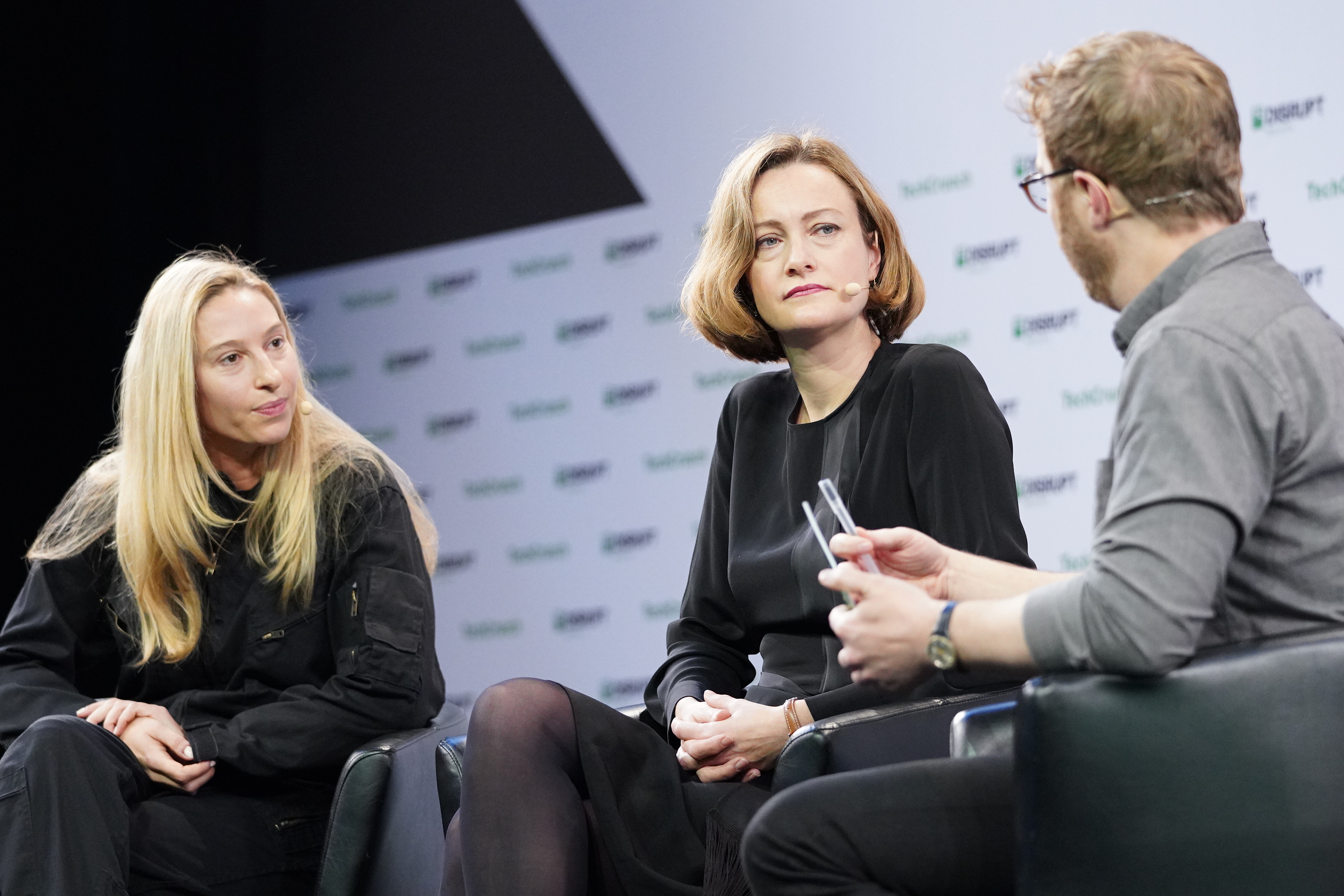
TechCrunch: It helps to have data on your potential clients — sounds like you classify them like an AI might, using like 17 factors or so.
Emily: Actually, there’s one classification that drives me crazy, which is the ‘science experiment.’ It’s the wealthy organization that wants to adopt AI and show what an innovative company they are. And they want to do something different from everybody else. So they want to try and you know, say I want to try something really different and really experiment with the technology and didn’t know apps to get it. That doesn’t help. Really, if you don’t have a commercial imperative, if you don’t need the technology, I’m not interested in working with you.
Sofie: You’re so right. There’s really cool research from Gartner tracking all the AI pilots in Europe in different industries, and from 2017 to 2018, it increased by I think 28 percent. So crazy! Everybody wants to play around with AI. How many of them are in for production? Zip. A really tiny percentage, one point whatever.
Emily: Play around, experiment, and forget about it.
There’s one classification that drives me crazy, which is the ‘science experiment.’ It’s the wealthy organization that wants to adopt AI and show what an innovative company they are. Really, if you don’t have a commercial imperative, if you don’t need the technology, I’m not interested in working with you.
Sofie: So, empathy — what is empathy? It’s like, if I have an accident, I want my insurance company to react fast. That’s a kind of empathy, if I get every action as fast as possible. So that’s what we call empathetic, that the customer doesn’t have to wait eight weeks.
Transparency is an empathetic approach to deal with a customer pain points. So you send in a claim and you immediately get back a status report: “Okay, thank you so much for the claim. This is how we proceed; You will hear back from us in two days,” for example. Or let’s say your bike got stolen. And you send in your claim and you forgot a crucial document. But you are a customer 15 years, you pay every month, there was no other issue with you. You’re missing this one document — who cares? 300 euro, we’ll pay you back this claim tomorrow! Because we want to help you in this situation… and the NPS score will go up.
That’s how we define empathy: to make exceptions when it’s intelligent. And on the business side, it’s also smart because you want to jump out of the process as fast as possible, and that’s enabled by our AI kit. Every process costs money. It’s more expensive for me as an insurance company than just jumping out of the whole process and sending you the money as fast as possible.
TechCrunch: Emily, Luminance right now is is it’s a tool for lawyers. But is there sort of a ceiling on how capable the AI tool can be? Or is at some point the AI going to be providing more high level legal guidance and understanding?
Emily: The human lawyer is the most important part of the process. Really what we’re doing is enabling that lawyer to work faster with more information, and you still need the human in there. Speed is a good thing.
The weird thing about the legal profession is that it’s one of the few industries that has gotten more profitable by being less efficient over time. That’s one of the main challenges that we have, persuading the legal profession that for your clients, speed is good. If you can help them to understand the full picture of an M&A transaction early on, then they will negotiate better than the other side. That is a good thing. You should actually be charging more for high speed, not more for slowness.
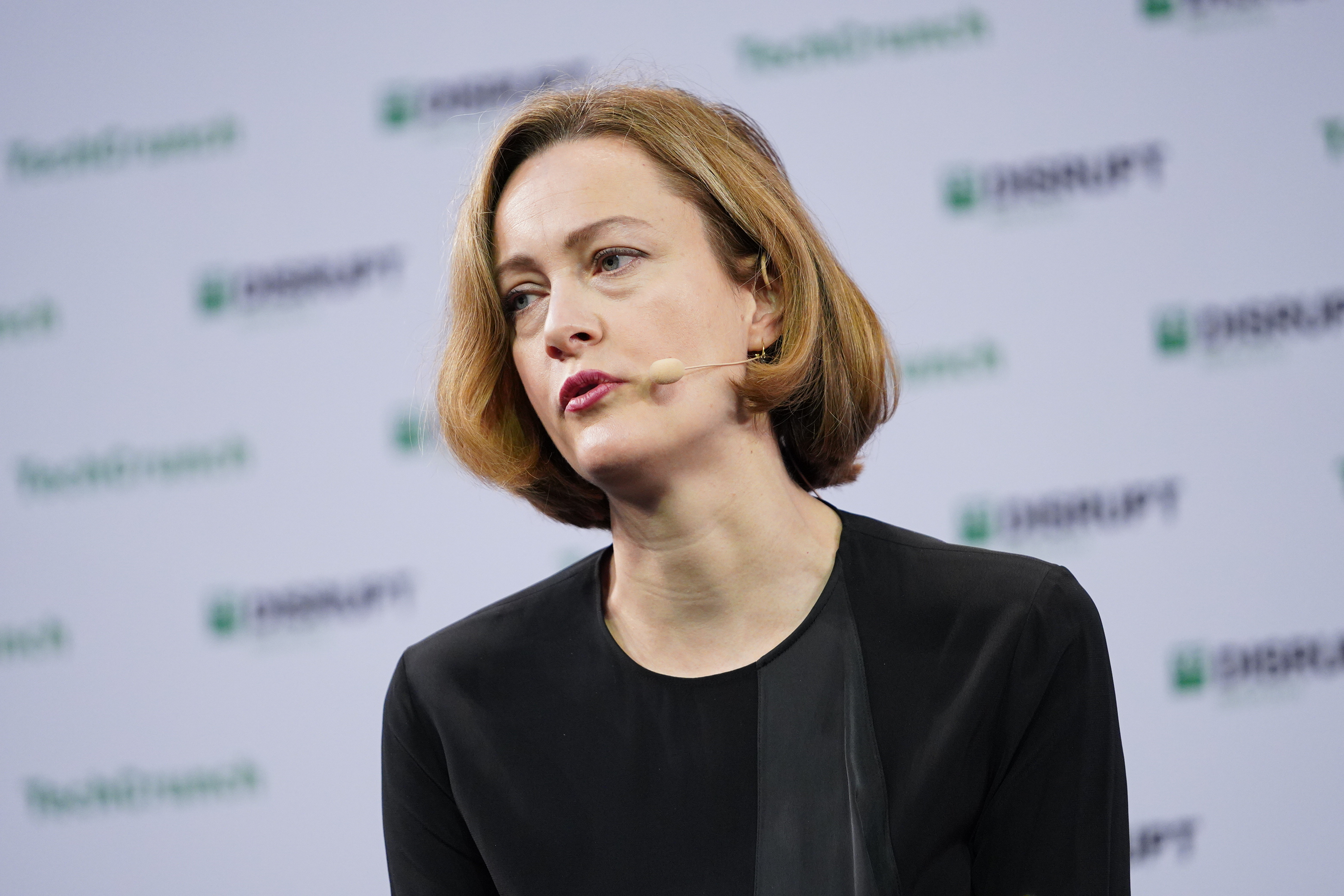
Excel has not replaced accountants, Excel enables accountants to do their jobs better. Yes, it has replaced some people, but those people would be doing very repetitive, machine-like work.
That’s how we define empathy: to make exceptions when it’s intelligent. And on the business side, it’s also smart because you want to jump out of the process as fast as possible.
Emily: I think in a way, the the blank sheet of paper is the best thing. So if I go and talk to a GC, the typical conversation goes like this, right:
“Can Luminance plug into my document management system?”
“Sure. Does your document management system have a public API?”
“Actually, we don’t really have a document management system, everything is sitting in filing cabinets.” And that is normal in the legal profession.
That’s actually easier because then you’re not dealing with gear. We do also experience the other side of things with big law firms who’ve spent a lot of time with legacy providers, building very complex sets of rules to understand documentation. The main problem we have there is they’ve invested so much time in that, for them to write it off and say, well, a new technology has come along that means you don’t need to do that, is emotionally a difficult thing to do and a difficult business case to build.
Sofie: Yes, really old guys sitting in the dusty cellars of the insurance companies. This is something you are confronted with. When you start your AI company, you think, everything is just in the cloud, I don’t care what they have. And then you are confronted with, no, everything must be on prem[ises]. And by the way, here are the legacy systems you have to deal with.
You need to build kind of connectors into the core platform to make it as easy as possible to integrate, based on different microservices. But still, someone has to do the work in the end. Just recently, we set up a very concrete concept guideline, how to deal with it. The first step is we need to do the work ourselves, which is really painful. So we hired two experts focusing on the integration to other RPA systems, workflow, and other business process management systems. You need to understand the technical landscape, there is no other way around. And whatever you see at different customers you implement in the core product in order to make it scalable. And in the second step, we decided to build the product in a way that it’s self service. We enable you to integrate because we are a product first company, we don’t want to do that! Third, we work with partners which have signed a contract with BCT, or Accenture is a big partner of ours, and of course smaller consultancies.
Someone has to do the work and at some point you need to make a decision: Am I a product-first company or are we doing the consultancy work on top? That’s a decision you have to do at some point in time.
Both Omnius and Luminance are built on a core of natural language processing; both the insurance and law industries produce an immense amount of text that must be scrupulously inspected. But it’s not like other text, like a news article or book, for which summarization engines exist. The teams had to build something that could handle strangely formatted and jargon-heavy documents and produce human-readable insights. How did they go about it?
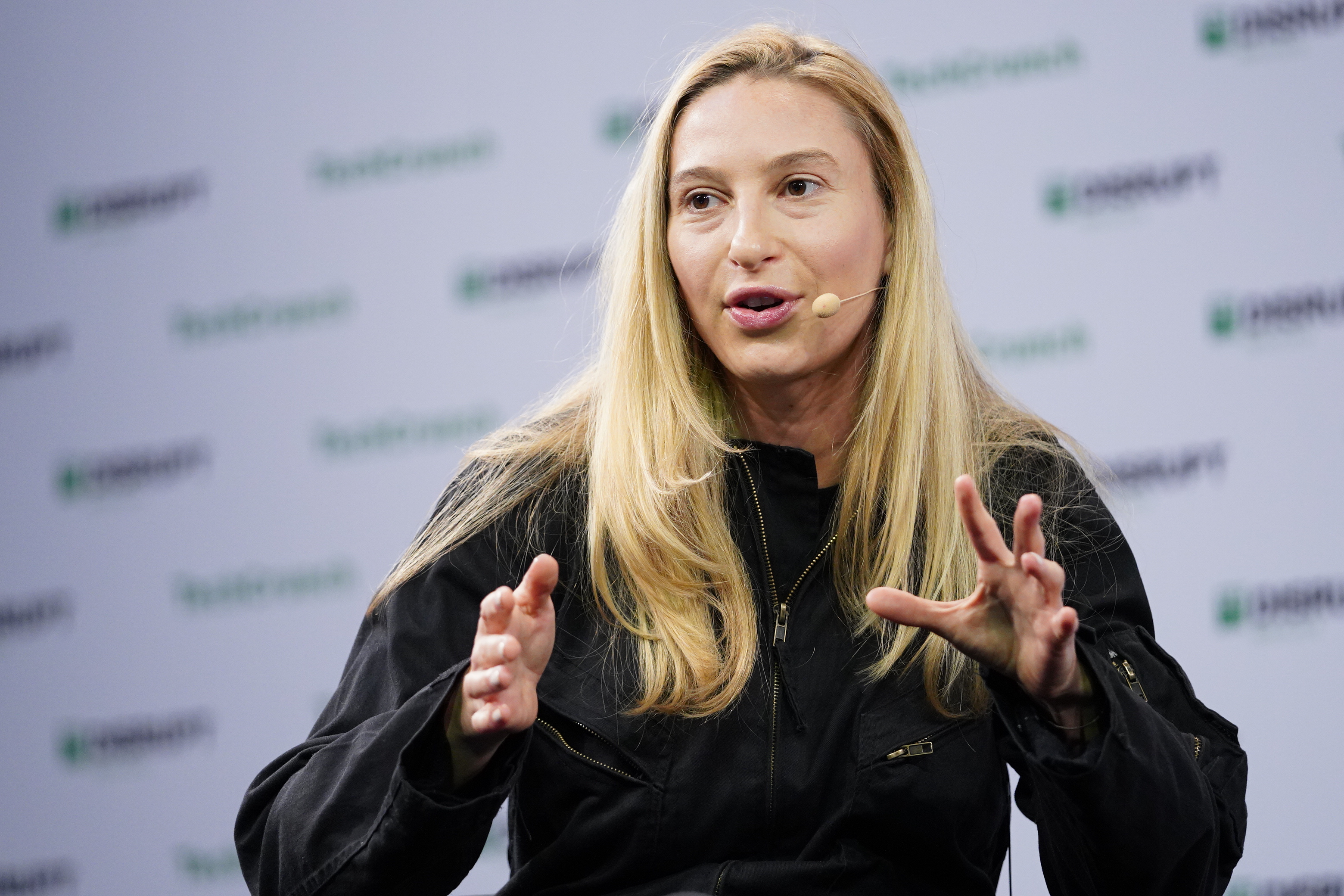
You need to understand the technical landscape, there is no other way around. And whatever you see at different customers you implement in the core product in order to make it scalable.
It’s a lot about running your own experiments, picking the right tools and setting up a platform, a toolkit for yourself and your customer, to retrain and combine the models you pick in the smartest and smoothest form as an engine for your product, for the domain layer. I cannot use my product and platform to solve the problems your lawyers are facing, and vice versa. Because on top of the engine that you need to train, particularly for your industry, you need to understand the business domain to in order to support with decision making.
Emily: We started with PhD research into pattern recognition and supervised and unsupervised machine learning. So Luminance starts by looking at language similar to the way that you and I read, we typically we don’t break down what we’re reading into words and characters, we look at a whole shape or shape of a paragraph, the shape of a sentence, the shape of a clause in the shape of a contract, and then we zoom in. So Luminance starts with pattern recognition, and clusters, patterns of language in an infinite number of different dimensions.
Understand the domain in depth. It’s crucial to focus on one industry. Verticalization is crucial if you work with AI, because AI itself is not a product, right?
So we have this core engine, which is the legal inference transformation engine. And then to your point about understanding the vertical: Each one of our products is an overlay on that core engine, you could call it a workflow, but I think of it as a legal thought process.
If you’re an M&A lawyer, you think in terms of due diligence, you think in terms of finding important provisions and important ploys it causes. If you’re a litigator, you think in terms of human communications, and analyzing human communications, who is talking to whom and what are the connections between those. If you’re an in house lawyer, you are negotiating contracts, it’s very important to understand, which language have I agreed to before? Which language do I never agree to, which language do I sometimes agree to? So there are different thought processes overlaid onto that same core engine, which is the pattern recognition at its heart.
AI is a buzzword like any other, and investors (and reporters) continually receive pitches from companies claiming to revolutionize this or that using AI. Some have burned quite a bit of money accomplishing very little. Investors may be skittish around AI – so how did Luminance and Omnius raise tens of millions to apply the concept to an industry that’s known for being resistant to tech?
Emily: I think the easy answer to that is we can prove it. We can prove it from the transformation that we’re making with our customers. Back at the very beginning, when we were just operating on seed funding, we did an initial proof of concept with the London law firm Slaughter and May. They demonstrated — and they measured it, we didn’t measure it — they demonstrated 100 percent acceleration in the due diligence work, on the very first projects. And then obviously, because this is machine learning, that means that the next project is better than that. And the next project is better than that. And we demonstrate that every time we do a pilot with a new customer in any language. So really, that speaks for itself.
The sums of money that are involved in paying for due diligence, anyone who’s a client of one of these law firms will know how expensive that process is. The fact that we can speed it up by thousands of percentage points after a few weeks of usage of the platform is very, very disruptive. So that’s the most important thing to show.
TechCrunch: Sofie, you also solicited grants from the European Commission. Do you think that startups should be pursuing grants as well as VC money?
Sofie: Yes, if you can, but in comparison, we raised in total 30 million so far, and we got 1.2 million in grants. So yes, grants are awesome, but I prefer VC money to be honest. To grow fast you need money from people who understand what fast growth means.
